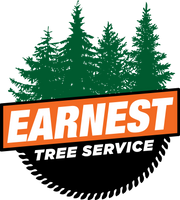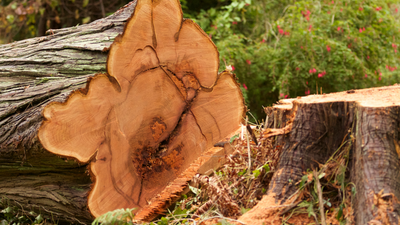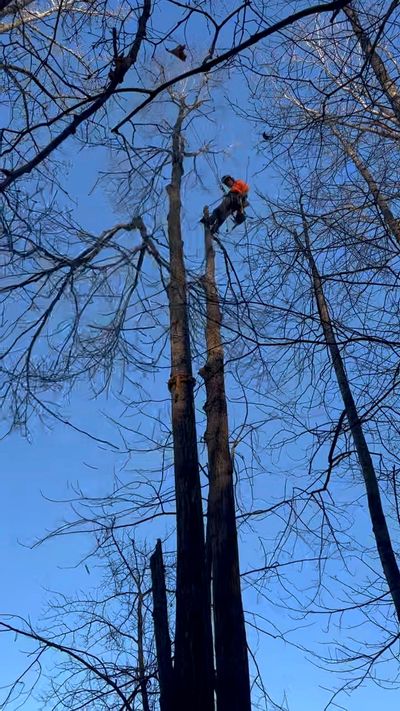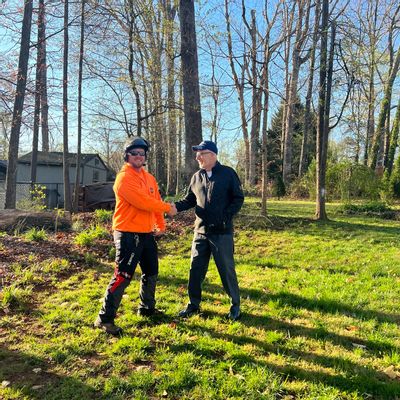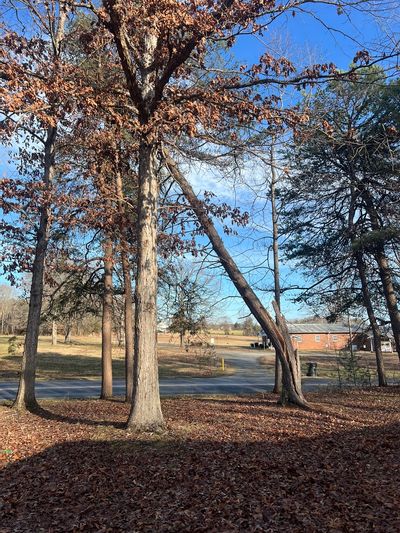Should I Remove That Tree: 7 Signs To Look For
Trees and shrubs improve soil and water conservation, store carbon, moderate local climate by providing shade, regulate temperature extremes, increase wildlife habitat and improve the land's capacity to adapt to climate change. Trees are also an effective sound barrier and can limit noise pollution. They reduce the amount of storm water runoff, which reduces erosion and pollution in our waterways and may reduce the effects of flooding.
But, when a tree develops problems, it is often difficult to decide when to remove it. Sometimes the signs that a tree needs to be removed are obvious. But, at times they aren’t so obvious. This means you’ll need an expert to diagnose your tree. If the tree requires removal, you’ll almost always need to hire a professional. DIY tree removal might be possible with small healthy trees, but removing large, unhealthy or dying trees poses a significantly higher safety risk.
So, what should you look for?
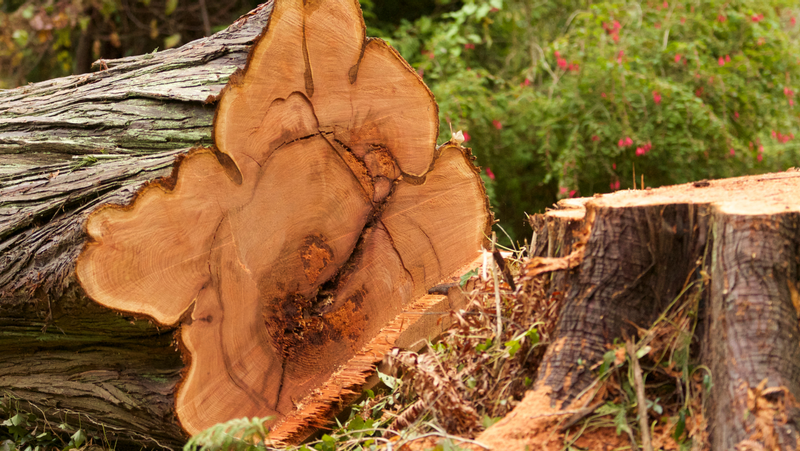
1. The Tree Is Just Too Close For Comfort
Generally, a tree should be planted at least fifteen feet away from the foundation of your home. For larger species (taller than sixty feet), that distance should be increased to at least twenty feet from foundations and landscape features. Trees hanging over the roof or too close to a structure might need to be removed – or at least regularly pruned.
2. The Tree Is Dead
If it is confirmed that your tree is dead, your only choice is to remove it. A tree care expert might be able to salvage a diseased tree, but there’s no way you can bring a dead tree back to life.
The easiest way to tell if a tree is dead or dormant is to check for signs of life: Live branches will bend before they break, whereas dead branches will snap easily. Live branches will have green in the inner layers, while dead branches will be dry and brown or gray. Other tell-tale signs of a dead or dying tree include:
- You see sticks everywhere on the ground
- No leaves or buds during the growing season
- The Bark Is Falling Off
- The tree is leaning
- You can visibly see rot or fungus
- The branches are dead
- No leaves
- If the tree is evergreen, it may have a thinning canopy, needle drop, or browning at the needle tips
- The tree exhibits disease or insect symptoms
3. The Trunk Is Hollow
Signs of a hollow tree aren’t always visible. You can test for hollowness by tapping areas of the tree with a rubber mallet (or sounding a tree). This is a simple way to check the tree on your own, but it’s always wise to have an expert test the tree as well.
The life support tissue of a tree is on the outer edges of the trunk. Many trees will live for years with a hollow trunk. The issue is possible compromised trunk strength making the tree dangerous. As a general rule, if one-third of the interior of the tree is hollow or rotten, it probably should be removed.
4. It Appears To You That The Tree Might Fall
Does it appear to you the the tree might fall? Leaning trees are more of a hazard than those growing vertically. A sudden lean indicates breakage or weakening of roots and the tree should probably be removed immediately. A tree leaning more than 15% from vertical probably should be removed.
Unless it grew at an angle, a leaning tree should not exist. If a tree suddenly starts to lean, the roots may be dying or damaged. In most cases by the time a tree leans over, it’s already fatally injured.
It’s natural for a tree to have a slight lean as one side is bound to be heavier than the other. But, when it’s a dramatic lean that comprises the tree’s architecture or the tree suddenly has a lean it never had previously, then you should start to wonder about the health of your tree.
We recommend that you have an expert inspect the tree if it’s developed a new lean or its lean appears to be uprooting the tree. The leaning tree may be decaying or suffering from storm damage.
5. The Tree Is Preventing Your Lawn From Growing
If despite your best efforts to grow grass in the shade, you still aren't getting the results you would like, it may be time to remove a shade tree. Sometimes it is the only way to achieve the dense, green grass you desire. Shade-resistant grass varieties are available, but grass growing in the shade won’t grow nearly as well as doing so in the sunlight.
Removing a shade tree isn’t always necessary. If you are satisfied with how the grass grows, there isn't anything to do. But, if you’re determined to have a lush green lawn, removing a shade tree will give you the best results.
6. There Are A Growing Number of Dead or Dying Tree Branches
Are you noticing a growing number of dead or dying tree branches? Dead tree branches can often be a sign that your tree is suffering from a disease, pest, or other stressors. The occasional dead branch is not always cause for alarm (we recommend tree pruning for these trees), but a tree with several dead branches may signal of an underlying issue.
Falling branches may not always be a sign of a dying tree. It can happen to healthy trees and is common in eucalyptus, sycamore, elm, and beech.
Large, dead branches can prove hazardous. A gust of wind can easily send dead branches crashing down. A heavy layer of snow can also snap off dead branches.
It is a dangerous sign if a tree sheds larger branches and has too many flowers. It indicates the tree is directing its resources to parts that are still healthy by getting rid of the unhealthy ones.
7. Storm Damage
Storm damage can seriously traumatize a tree - it may or may not be repairable. When this happens, you may be able to trim and prune off the damaged portions.
If you’re unhappy with the look of the tree afterward, tree removal is always an option.
We can also evaluate the damage and make recommendations to save the tree, if it’s possible.
Contact Us
But, don't panic if you see signs that your tree needs to be removed. Take action by making the Earnest Choice. Our team can provide you with a FREE estimate to provide recommendations for you.
Earnest Tree Service and Landscaping can trim, treat and remove trees on your residential or commercial property. We also offer stump grinding services to eliminate safety hazards on your land.
Our estimates are FREE. Contact us for a quote HERE.
We are also trusted for emergency tree services, which are offered 24/7. Call us when you have a tree issue that needs to be addressed immediately. Learn more HERE.
